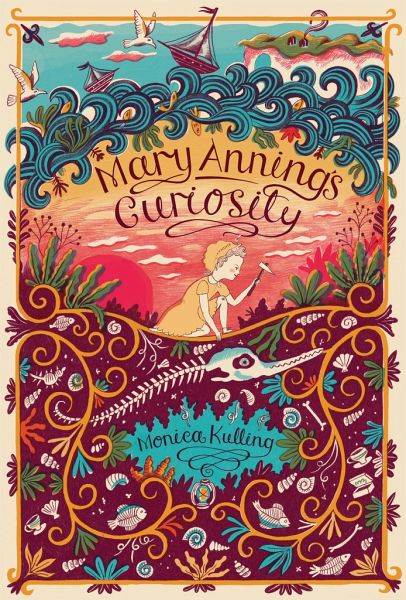

Learn more about her contribution to the field of paleontology at a March 5 event at the Lizzadro Museum of Lapidary Art in Oak Brook. One of the many ichthyosaurs discovered by early 19th-century fossilist Mary Anning.

A well-to-do lady bought the ammonite from her, thus sparking her new "career" - seashell seller! On her first solo trip after her father's passing, she found a "snakestone," what later would be termed an ammonite. Unhappy with that prospect, Anning decided to return to the beach and search for fossils. Although she loved school, after the death of her father, she could no longer attend and often sought odd jobs. Her father died when she was 11 years old, leaving massive debts and forcing the entire family to work. He taught her all she needed to know about fossil collection and preparation. Around the age of 5 or 6, he began taking her out to hunt for fossils, an activity not common for girls during this era. But to geologists, and specifically, women geologists, she is a pioneer.Īs a poor carpenter, her father hunted fossils for extra money. The battle of sea and land provides ample opportunity for erosion - and ultimately the unveiling of fossils.Īnning was, for all intents and purposes, a nobody. The English woman was born in 1799 in a town on the coast of Dorset, the center of what is later to be dubbed the "Jurassic Coast."Īccording to a post on Anning on the museum's website by museum educator and geologist Sara Kurth, the blue/gray cliffs of limestone and shale are some of the most unstable beaches in England, susceptible to the changing tides and frequent storms that inundate the area. Museum admission is $10, $8 for seniors, age 65 or older, or $5 for youth, age 7 or older. Reservations not required for this all-ages event.


 0 kommentar(er)
0 kommentar(er)
